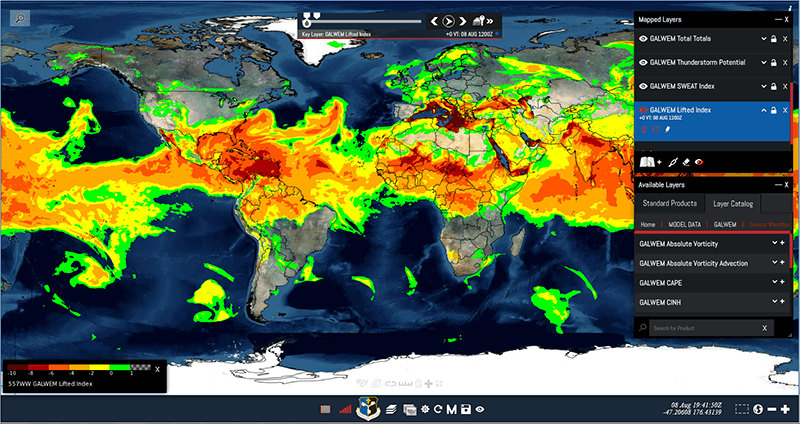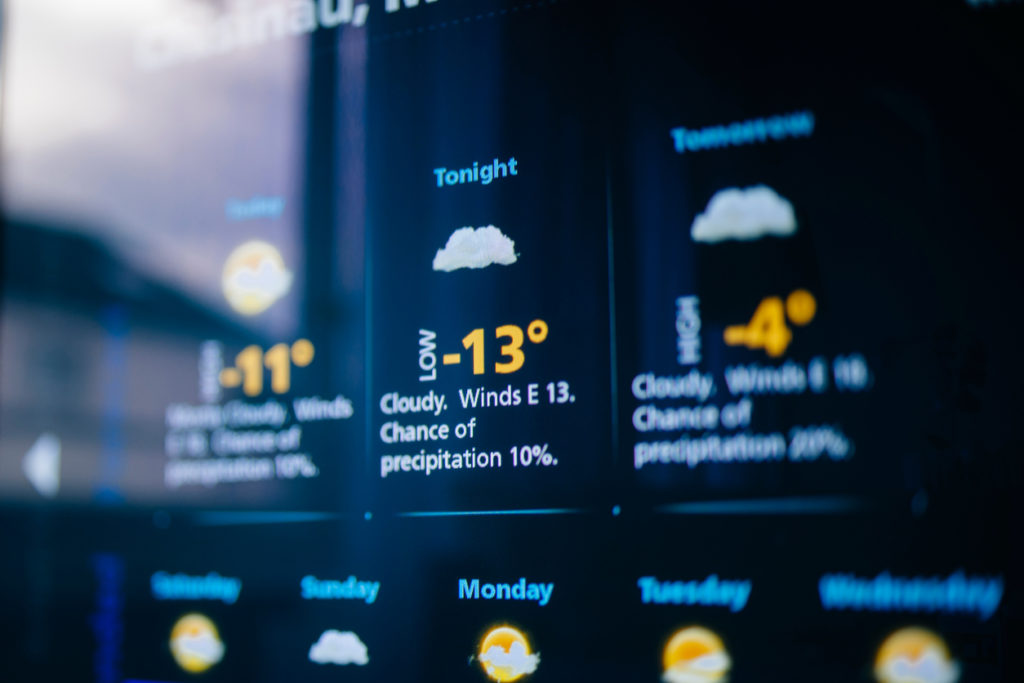AI technology is playing an increasingly important role in predicting severe weather. Here are a few key points where AI helps predict severe weather:
- Machine Learning Model: the GraphCast model developed by AI company DeepMind has demonstrated accuracy and efficiency beyond traditional models in the field of medium-term weather prediction. The model learns the connection between weather variables through training and is able to predict future weather using current and past weather states.
- Deep Learning Algorithm: researchers at Google AI have proposed MetNet, a new deep neural network (DNN)-based algorithm that is capable of predicting the probability of precipitation in a given area at a resolution of 1 kilometer at 2-minute intervals over the next 8 hours.
- Generalization ability: AI models are able to accurately predict not only weather conditions that occurred in the past, but also reliably predict under unknown future conditions, which relies on the model’s deep understanding of different time scales and spatial scales.
- Computational efficiency: AI models run 1000 to 10000 times faster than traditional numerical weather prediction models, which allows more time for interpreting and disseminating forecast results.
- High-resolution prediction: For example, the FengWu-GHR model, which is a machine learning-based numerical weather prediction model with the highest resolution in the world, is able to run at a horizontal resolution of 0.09°, providing a technical basis for more accurate and refined global weather prediction.
- Extreme Weather Prediction: AI models have also shown their strengths in predicting extreme weather events, such as tropical cyclone paths, and extreme high and low-temperature events.
- Global Ocean Wave Forecasting: AI models have also been applied to global ocean wave forecasting, such as the FuXi AI model, which significantly improves the accuracy and reliability of medium-term weather forecasts by cascading multiple optimization models.
- Reducing Energy Consumption: AI models help to reduce the capital and energy costs of weather forecasting because they can quickly predict future global weather conditions based on past and current weather data.
- Real-time response: AI technologies can better anticipate the occurrence of extreme weather and respond in a timely manner, such as the prediction of precipitation through neural weather models and the use of AI to improve flood warning systems, as described on Google’s official blog.
- Chinese Meteorological Administration (CMA)’s application: CMA has issued the Working Program on Artificial Intelligence for Meteorological Applications (2023-2030) to promote the deep integration and application of AI technology in meteorological observation, forecasting and services.
- Tsinghua University’s NowcastNet model: this is a physics-based generative AI model that can predict extreme rainfall more accurately and in advance.
- Rice University’s Deep Learning System: capable of accurately predicting extreme weather events up to five days in advance, the system learns on its own and requires only minimal information about current weather conditions to make a prediction.

In these ways, AI technology is becoming an important tool for predicting severe weather, helping scientists and decision-makers better understand and respond to extreme weather events.
Weather forecasting agencies and research institutions around the world are actively exploring and introducing artificial intelligence (AI) technologies to improve the accuracy and efficiency of weather forecasting. Below are some examples of organizations or countries that have introduced AI to forecast the weather:
European Center for Medium-Range Weather Forecasts (ECMWF): ECMWF is one of the world’s leading weather forecasting organizations, which employs the Numerical Weather Prediction (NWP) system in its weather forecasting and is exploring the incorporation of AI techniques into its forecasting models.
China: the China Meteorological Administration (CMA) has issued the Working Program on AI Meteorological Applications (2023-2030), which promotes the in-depth integration and application of AI technologies in meteorological observation, forecasting and services.
USA: Google’s official blog describes the company’s ongoing meteorological projects, including “predicting precipitation through neural weather models” and “using AI to improve flood warning systems” .
UK: AI technology may be adopted by weather organizations in the UK, as the UK is at the forefront of AI research and application in the world.
JAPAN: Japan’s Meteorological Agency may also be adopting AI technology for weather forecasting, as Japan has significant research and development in both meteorological technology and AI.
India: The India Meteorological Department (IMD) may be exploring the use of AI for weather forecasting as India is a significant country for IT and software development.
Canada: Environment Canada may adopt AI technology in its weather forecasting system as Canada has in-depth research in climate and environmental science.
Australia: The Australian Bureau of Meteorology may also explore the use of AI in its forecasting system.

Note that while many national meteorological agencies are researching or have already begun using AI technology, specific implementations may vary from country to country and may change as technology evolves. In addition, some private sector companies, such as Google DeepMind and Huawei, are developing their own AI weather forecasting models.




Your point of view caught my eye and was very interesting. Thanks. I have a question for you.
Can you be more specific about the content of your article? After reading it, I still have some doubts. Hope you can help me.